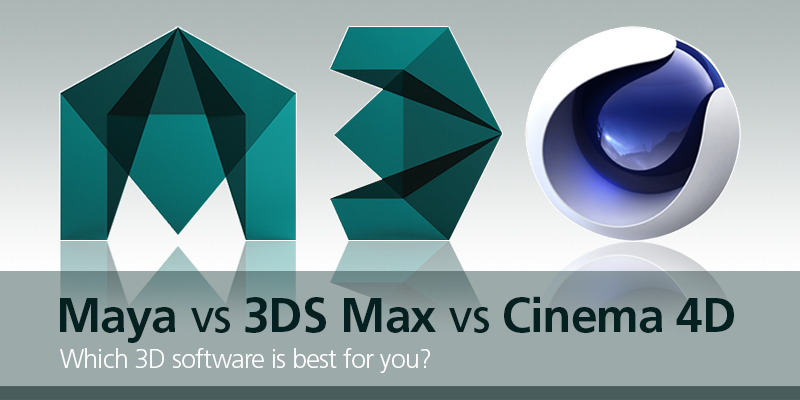

New layout for the Standalone Preview tool where all panels can be docked, reordered or detached from the main window.Ĭonvert VDB to AUR caches using the cache_converter tool. It keeps in memory only the last simulated frame and GPU Preview images can now be saved. The Cacheless Simulation option significantly speeds up large simulations. Sticky Liquids can now stick to geometries even without viscosity, creating a thin liquid mesh.Ĭolor Map for the Particle Shader using V-Ray GPU Both fire and smoke simulations, as well as large FLIP liquid simulations, are also sped up. Rendering of fire and smoke with the Use Probabilistic Shading option is now much faster with V-Ray 5. Though it hasnt advanced much in the modeling section, and UI over the years. And was widely used for films, among other things. It was ahead of the game back in the day, with its renderer. We’ve added faster particle previews and the ability to preview the Rendering Displacement of the particles in the viewport. So Lightwave will always hold a special place for me.
#3d max vs maya update#
New and improved features in Phoenix FD 4 for 3ds Max and Maya, update 3 include:įorces can now affect particles or voxels with certain channels, inside or outside geometries, or according to textures, allowing you to mask forces and gain precise control over how forces affect the simulation.
#3d max vs maya how to#
In this article, I will show, how to use (convert) 3d Studio Max Vray materials in Maya Vray. I would have to say that 3ds max is going to have a slight edge over Maya just for the fact that Maya is more geared to gaming/animation were Max was geared for rendering architectural models and had nice integration with Revit and is included in the suites.

It is a bit more complicated than 3d maxs and there are tons of great materials on internet for 3d studio max Vray.
#3d max vs maya trial#
Now’s a great time to try Phoenix FD and find out how fluid dynamics can improve your projects.ĭownload your 30-day trial of Phoenix FD for 3ds Max or Phoenix FD for Maya Probably, everyone who switched from 3d Studio Max to Maya have some difficulties about Mayas material editor. New and improved features include V-Ray 5 support in Phoenix FD for Maya, force tuning, faster particle previews and improved Sticky Liquids to make your workflow quicker and easier. But if you want a more realistic view, you need complex rigs and that will be a little bit difficult to achieve. On the other hand, 3Ds Max could be a little bit easier to rig. However, if you want to create complex characters, it will require more programming in MEL. We’ve just updated Phoenix 4 for 3ds Max and Maya. When we talk about rigging, Maya is a little bit ahead of 3ds Max as well. Autodesk Maya requires some scripting using a MEL script (ASCII) file format whereas 3DS Max can require some scripting using MaxScript. 3DS Max can be a bit easier to rig, but you can create complex rigs in Maya that might be very difficult to achieve in 3DS Max. (Mudbox will adapt to whichever you are used to, it does both max and maya hotkeys).Phoenix FD 4 for 3ds Max and Maya, update 3 available now For character animation, Maya may be the best choice over 3D Max. I'd say learn modeling first (environments, non-organic objects) and familiarize yourself with the interface of either maya or max.
#3d max vs maya software#
Great thing about autodesk software is that you can just export something from mudbox to maya/max with a single click, and vice versa. Rendering is pretty much identical in both, with both using either Mental Ray or iRay I'm more of a 3ds max guy, as I find it has better modeling tools. You can model those, but sculpting will look better.ģDS Max & maya are great for environments, you can choose whichever one you want. Mudbox is sculpting, it really takes a lot of practice, but it's the best way to make organic things, like animals and humans. Well, depending on the fidelity you're going for with the game assets, you'll need both mudbox and 3ds max/maya


 0 kommentar(er)
0 kommentar(er)
